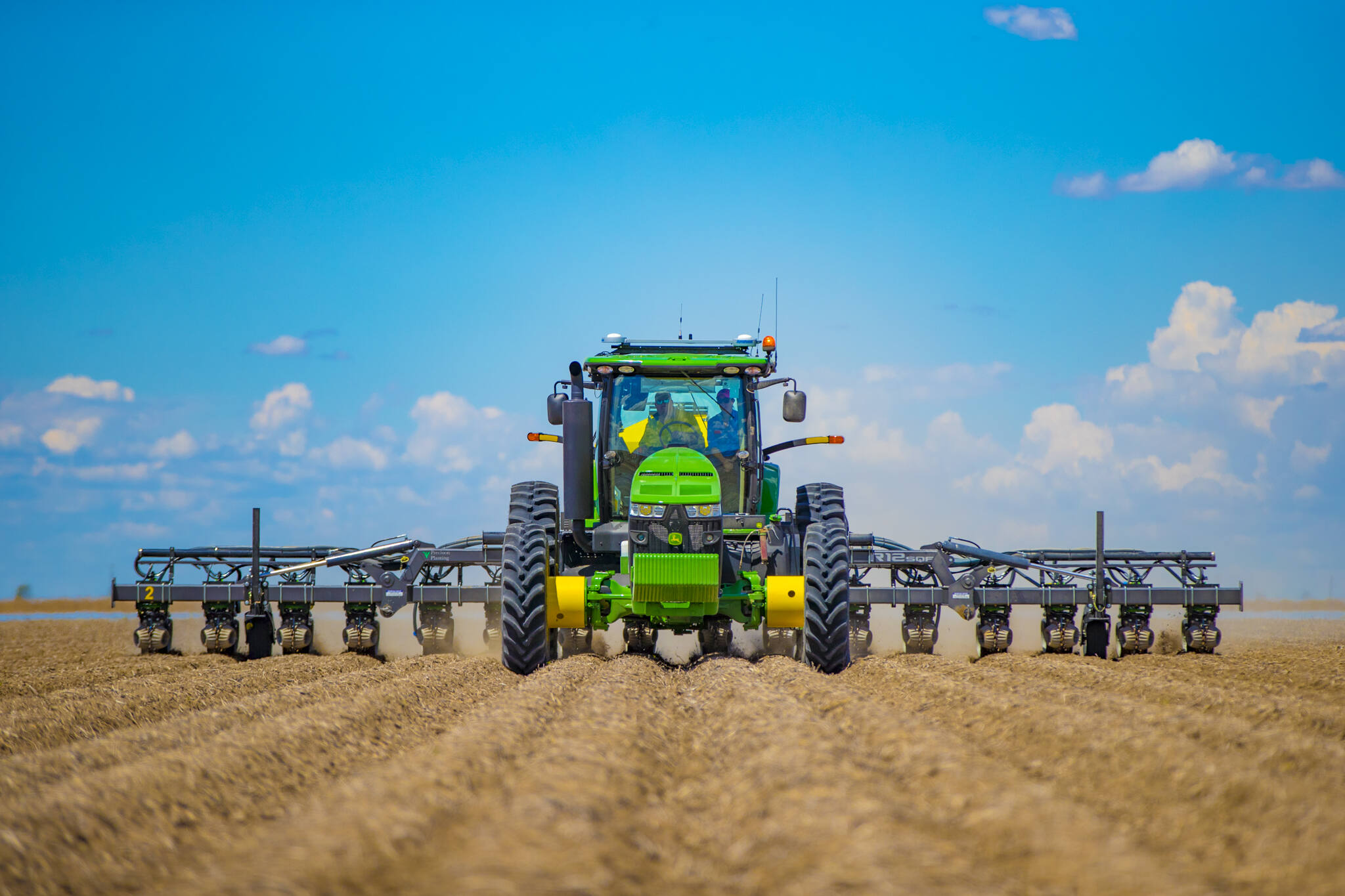Precision planting lays the groundwork for a uniform plant stand and strong yields
A uniform plant stand lays the groundwork for a healthy plant population and strong yields. Through precision planting, every seed is afforded the ideal conditions to emerge and thrive.
As you hook up to your planter, you’re urged to consider your approach to planting to optimise establishment of a uniform cotton crop.
Planter calibration
Planter calibration starts with understanding your target plant population. For irrigated cotton, CSD recommends establishing 8-12 plants per metre in Central and Northern regions, and 12 plants per metre in Southern regions. For dryland cotton, aim for 6-8 plants per metre established.
Cotton can compensate for small gaps in the crop by producing more fruiting sites along fruiting branches. Plant populations with large gaps – such as two 50cm gaps in five metres – however, will struggle to compensate, resulting in delayed maturity that influences micronaire and reduced yield potential.
On the contrary, plants spaced too close together can also reduce uniformity through competition.
To help with assessing the planting rate required to achieve a uniform plant stand, the QR code on each bag of CSD seed links to a Statement of Seed Analysis. The statement provides data on the warm germination of the seed, as well as the cool germination percentage and mechanical damage percentage.
The data provided is backed by the FastStart™ Weather Network, a network of automatic weather stations across cotton production areas in New South Wales, Queensland, the Northern Territory and Western Australia that provides you real-time measures of soil temperature and accumlated day temperatures over a 7-day forecast. The information provided can support refinement of planting rate calculations.

Planting speed
When planting cotton industry guidelines recommend planting at 8 – 10km/hour for optimum results.
For growers planting into pre-watered or rain moisture fields, as speeds increase above 8-9 km/hour your plant monitors’ ability to estimate seed drop can be impacted, resulting in less uniform crop establishment.
Exceeding 10km/hour under any condition can significantly decrease plant populations as a result of:
- Excessive bounce and vibration in the planter leading to uneven seed placement
- Poor soil-to-seed contact resulting in staggered germination and gappy stands
- Compromised seed depth control impacting plant stand uniformity
- Uneven plant spacing affecting crop management throughout the season.
By planting at the recommended speeds, you can maintain accurate seed depth and spacing and turn planting into challenging conditions into successful establishment.
Planting depth
The ideal depth for planting cotton seed depends on your establishment method and growing region, and directly affects germination time, emergence rates and seedling vigour.
Planting into Moisture (Rain or Pre-irrigated)
- Ideal depth: 2.5cm to 4.5cm (1 to 1.5 knuckles)
- Pulling some dry soil above the seed slot helps prevent moisture loss.
Planting dry and watering up
- Ideal depth: 2cm to 2.5cm (1 knuckle)
- Shallower planting reduces risk of waterlogging if significant rain occurs.
Planting too deep
Seeds planted deeper than 5cm can compromise establishment, even under ideal conditions seeds may struggle to establish.
As seeding depth increases, maximum seedling emergence decreases significantly—from 87% at shallow depths to 71% at 6.4cm.
Time to 50% emergence also increases dramatically, from 4.9 days at 1.3cm to 7.9 days at 6.4cm.
Planting too shallow
Seeds planted less than 2cm deep may struggle with seed coat removal during germination, leading to slow initial growth or seedling death. Gains made in speed of emergence can be taken away as the cotyledons struggle to remove the seed coat. Shallow-planted seedlings are also vulnerable to drying out until roots establish deeper in the bed.
Regional considerations
In tropical regions, the recommendation is even more conservative – plant cotton seeds shallower than you might think, avoiding planting deeper than 3cm as rainfall deluges can surface seal un-emerged seed.
For dryland cotton, monitor constantly soil moisture in the planting zone and adjust planting depth to ensure good seed-soil moisture contact.
For further information on best practice precision planting, download the FastStart™ Cotton Establishment Guide.